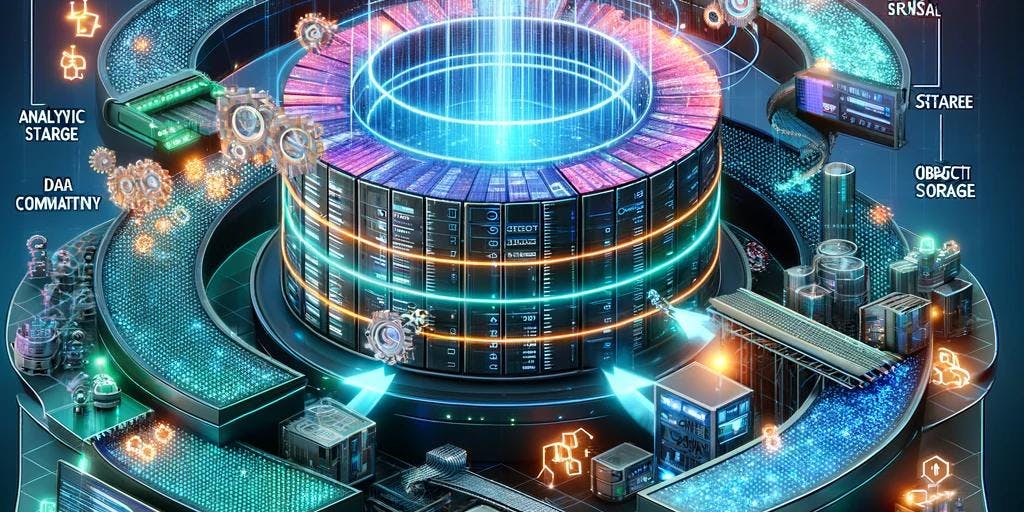Building an AI-Driven Bug Bounty Hunting System



Buckle up, my dear readers, as I'm about to take you on a journey of highs and lows, victories, and challenges, filled with learning and growth. I am going to share my personal experience of creating an AI-driven bug bounty hunting system. What started as a concept, a mere idea, has now blossomed into a sophisticated, powerful, and automated backend system. Let's embark on this thrilling ride together.
A Little About Me
Ever since I was introduced to the world of programming, I've always been intrigued by the concept of automating tasks. The idea that we can command a machine to work on our behalf, tirelessly, without complaining, still fascinates me to no end. Over time, this fascination grew into a passion, a passion to automate, to streamline, and to create systems that can think, act, and evolve.
The Foundation: Repositories
This journey started with a bunch of private repositories. I remember setting up each repository like it was yesterday. Each repository was given a purpose, a mission, a job. The Repositories became the bricks that formed the structure of my bug bounty hunting system. They provided the modular nature of the system, where each handler had its own repository, be it for defining bounty targets or processing recon results. This laid the groundwork for an organized, manageable, and scalable codebase.
The Magic of Docker Containers
My next stop was the magical world of Docker containers. The isolation and the portability that Docker provided was mind-blowing. Being able to bundle the code along with its dependencies, into an isolated unit, was nothing short of revolutionary. No more worrying about inconsistent behavior across different environments. Docker provided the platform for consistency, ease, and repeatability.
Embracing the Serverless Way
Having set up the repositories and embraced Docker, I ventured into the realm of serverless architecture. I turned to OpenFaaS, an acclaimed serverless framework, for my function-as-a-service infrastructure. With OpenFaaS, it felt like a weight was lifted off my shoulders. No more fretting about underlying infrastructure management. Instead, I could focus on writing my functions, packaging them into Docker containers, and deploying them to respond to various events.
Data Management with GraphQL and Apollo Server
Then came the data, the lifeblood of any system. To manage and operate on the data, I roped in Apollo Server along with GraphQL. Apollo Server brought in the simplicity and the power, and GraphQL brought in the efficiency and the structure. Together, they provided a robust platform for managing data, creating GraphQL endpoints for each handler, and offering a structured way for the handlers to interact with data.
Enter OpenAI’s Functions Feature
As I was deep into this development journey, OpenAI launched its new function feature. The timing couldn't have been better. This feature was like the missing piece of a puzzle that just fell into place. With the ability to output JSON, it fit seamlessly into my architecture. It felt as if this feature was custom-made for my system, enabling it to delegate complex tasks to AI, boosting its bug bounty hunting capabilities.
Reflections
Looking back, the journey has been nothing short of an adventure. A roller coaster ride of learning, growing, and building. What started as an idea has now taken a life of its own. As I see the system processing real data, making decisions, and constantly evolving, a sense of contentment washes over me. I feel like a proud parent, watching their child take their first steps, knowing that this is just the beginning. The road ahead is filled with promise, growth, and endless possibilities.
So, join me on this journey. Together, let's see where this road takes us.

